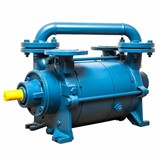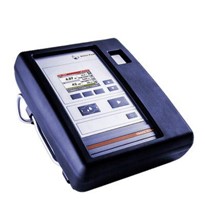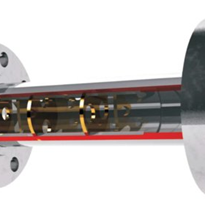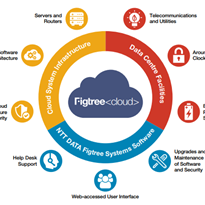In many businesses, particularly those where workers operate heavy machinery or work according to shifts, it is a highly critical consideration for workplace health and safety.
Both employees and their employers have a responsibility to manage fatigue and create a safe workplace. In this, part one, of a two part blog, we are looking at things from the side of the employer and what they can do to reduce the risk of workplace fatigue:
- Mind the gap. Make sure staff have enough break time between shifts – a minimum 12 hours is a good amount of time – and put a cap on how much overtime staff can work to further reduce risk. Do your staff work a second job too? Consider implementing a policy on second jobs with regards to fatigue.
- Set limits. Be mindful of the cumulative impact of shift work on employees' fatigue levels. Be proactive in areas such as avoiding more than 4-5 early morning starts or night shifts in a row.
- Schedule smarter. Safe Work Australia advises ending shifts at 8am, minimising morning starts before 6am, and rethinking whether 12 hour long shifts are really necessary.
- Avoid ‘witching hours' where possible. Statistics show accidents are more likely to happen in the small hours of the morning, so it's advisable to avoid safety-critical jobs at that time of day, and boost supervision during those times.
- Create a healthy workplace culture. There are a number of things company decision makers can do to create a healthy, fatigue-aware culture such as providing a rest area for employees to take naps for 15 minutes or so, or before driving home; providing transport; and promoting a healthy, balanced diet via education and making healthy snacks available.
- Be aware of staffing issues. Do you have enough staff on hand to manage things when your employees inevitably need to take some annual leave or sick leave? Overtime is a useful tool for managing short term fluctuations in staffing, but it is a factor to be controlled with regards to workplace fatigue.
Mitrefinch works closely with a number of organisations to assist with fatigue management in areas such as monitoring employee time and attendance data, planning work rosters and schedules, automating alerts when employees are close to work limits, ensuring compliance with workplace health and safety legislation, and maintaining an audit trail in case of accidents.
For further information, please fill out the form below, and we will be in touch to discuss your needs.


















-205x205.jpg)







